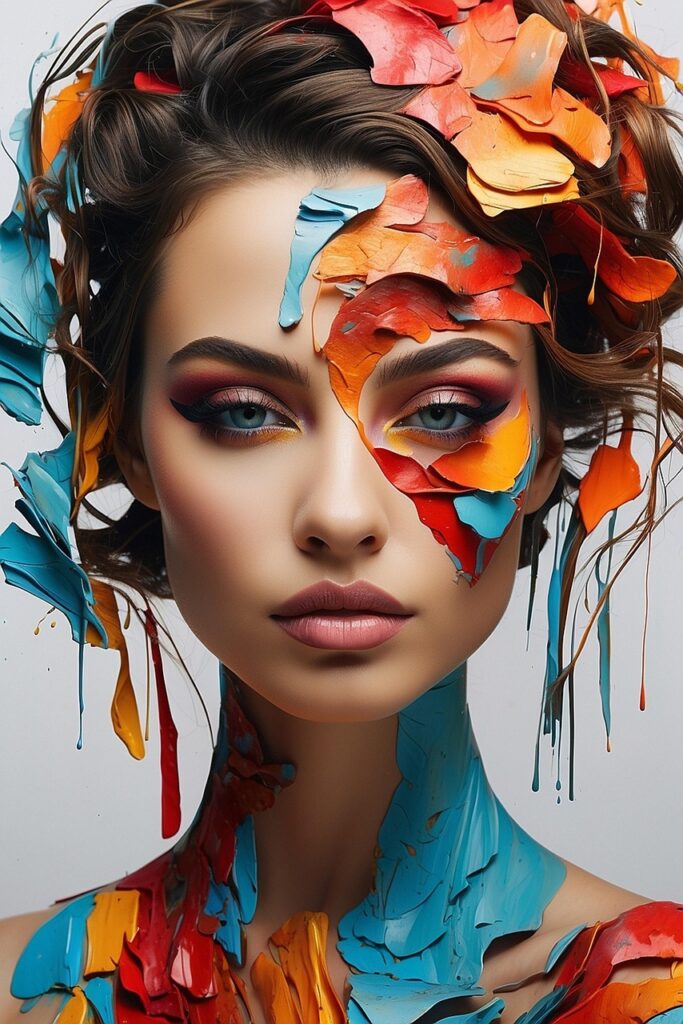Art v Design: Exploring the Creative Border Between Expression and Function
In the world of creativity, the terms “art” and “design” are often used interchangeably. But while they may share tools, techniques, and talent, they are not the same. Understanding the difference between art v design helps both creators and viewers appreciate the purpose behind visual works.
What is Art?
Art is about self-expression, emotion, and freedom. There are no limits. It can be abstract, messy, beautiful, or even uncomfortable. Artists create to communicate personal ideas, stories, or feelings — not necessarily to solve a problem.
Key Traits of Art:
Driven by emotion or experience
No rules or restrictions
Personal interpretation
Created to express, not serve
What is Design?
Design is about purpose, function, and communication. Designers create solutions. Every color, font, shape, or layout is chosen to serve a goal — usually for a client, brand, or user.
Key Traits of Design:
Created with intention or goal
Communicates a clear message
Follows principles of layout, balance, etc.
Solves problems (like branding or user experience)
Where Art and Design Overlap
Despite their differences, art and design influence each other all the time:
A graphic designer may use artistic creativity to make a brand stand out.
An artist may borrow layout or color principles from design to guide the viewer’s eye.
Many professionals, like illustrators and concept artists, blend both worlds to tell visual stories.
How to Choose: Art or Design?
If you’re starting out or building a portfolio, ask yourself:
Do I want to express myself freely without rules? → Focus on art.
Do I enjoy solving problems visually and working with goals? → Try design.
Want both? Great! Explore areas like digital art, branding, or illustration.

